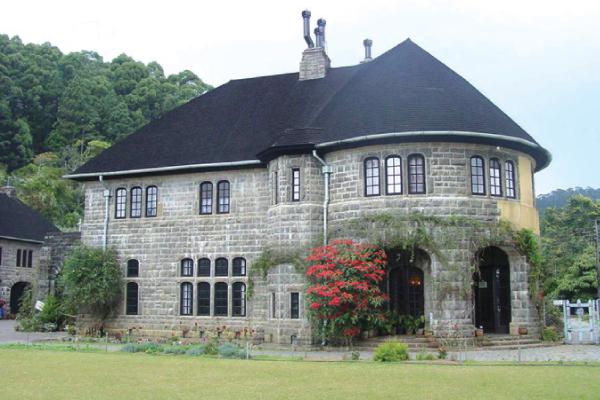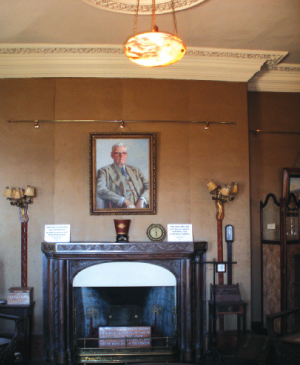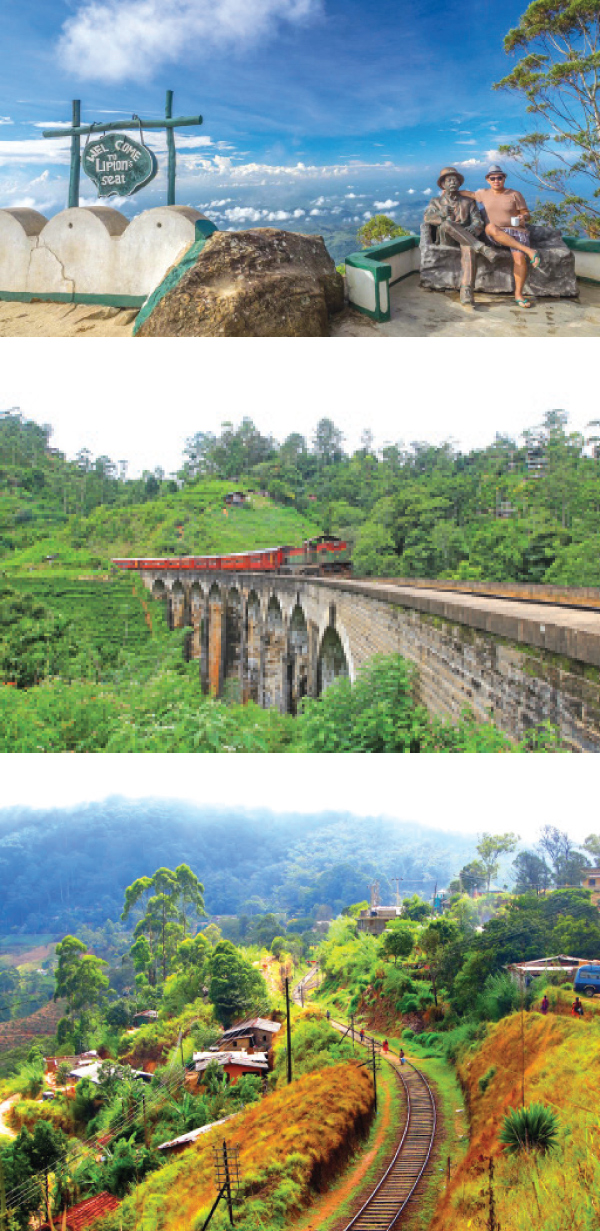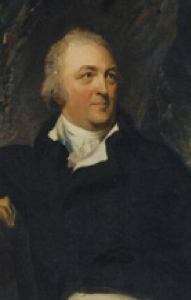
The beautiful gray stone Adisham monastery just four km from the town of Haputale in the district of Badulla, Uva province is an attraction not to be missed. Adisham, is surrounded by a bird sanctuary and thick forest cover and is an ideal place for you to enjoy nature during your holiday in Sri Lanka.
The Adisham Bungalow was once the country house of Sir Thomas Lester Villiers. He worked in the Sri Lankan tea industry from 1928-1948 for the reputed company, George Steuarts. Construction of this bungalow started in the year 1927 and was completed in 1931.
After the retirement of Sir Thomas, the ownership changed to the Sedawatte mills in 1951. Conversion of this bungalow to a monastery took place after it was bought by the Roman Catholic Church in 1961.
The house is designed in the Tudor style and fashioned after the Leeds Castle in Kent, England. Sir Thomas Villiers named it after his English birthplace, the village of Adisham. The bungalow has all the features of a stately English mansion. The library is impressive and is filled from floor to ceiling with old dusty volumes.
Access to the house is restricted and visitors are allowed only into the library and the living room, but there is an adjoining guest house where people are more than welcome to stay. Sir Thomas Villiers spent when it came to his home, but what’s even more splendid than the actual house is its surroundings. Adisham Bungalow is perched on the edge of a cliff which is flanked by a larger outcrop fringed with tall pine trees, which dwarf the house.
The country home also has a wonderful view of the Uva valley, as well as a beautiful garden and orchard that you can stroll through.

Haputale
The town of Haputale clings to a long, narrow mountainous ridge at the southern edge of the hill country. The land falls away sharply on both sides. On a clear day you can see the southern coast from this ridge and at night you can see the flashing beacon of the Hambantota light house. On gloomy days thick veils of mist cover the hillside.
The town itself is not very big and has a main street running through it. Haputale is in the heart of Sri Lanka’s tea country and fragrant tea gardens cover the slopes of Haputale.
Attractions in the area are Lipton’s Seat with its spectacular views of the hills and surrounding countryside, the Diyaluma Falls and the British built Idalgashinne Railway Station.
Diyatalawa, Bandarawela and Badulla are towns which are in close proximity to Haputale.

Sir Thomas Lister Villiers
Sir Thomas Lister Villiers (October 31, 1869 – December 21, 1959) was born in the English Village of Adisham to Rev. Henry Montagu Villiers and Lady Victoria Russel whose father was a former British premier, Lord John Russell.
After completing his education at the Sherborne School in England Sir Thomas Villiers set sail for Ceylon as Sri Lanka was known then. He came to this country to start a career as a tea planter and trained or crept at the Ellebedde Estate in Bogawantalawa.
He left Ceylon for Brazil but returned after four years and bought a tea estate called the Dickoya Group. In 1905 he joined George Steuarts and became the Chairman of the company in 1928. Sir Thomas Villiers retired as Chairman of George Steuarts in 1919.
He was also appointed as the European unofficial member of the Legislative Council of Ceylon from 1924 to 1931.
Sir Thomas married Evelyn Hope Walker in 1896 and they had two sons Henry Lister and Thomas Hyde.
Today, Adisham, the country house built by him is a monastery of the Benedictine Order. Sir Thomas Lister Villiers left Ceylon after his retirement and settled in the country of his birth, England and died there on December 21, 1959.
Compiled by Roshani Shanika
